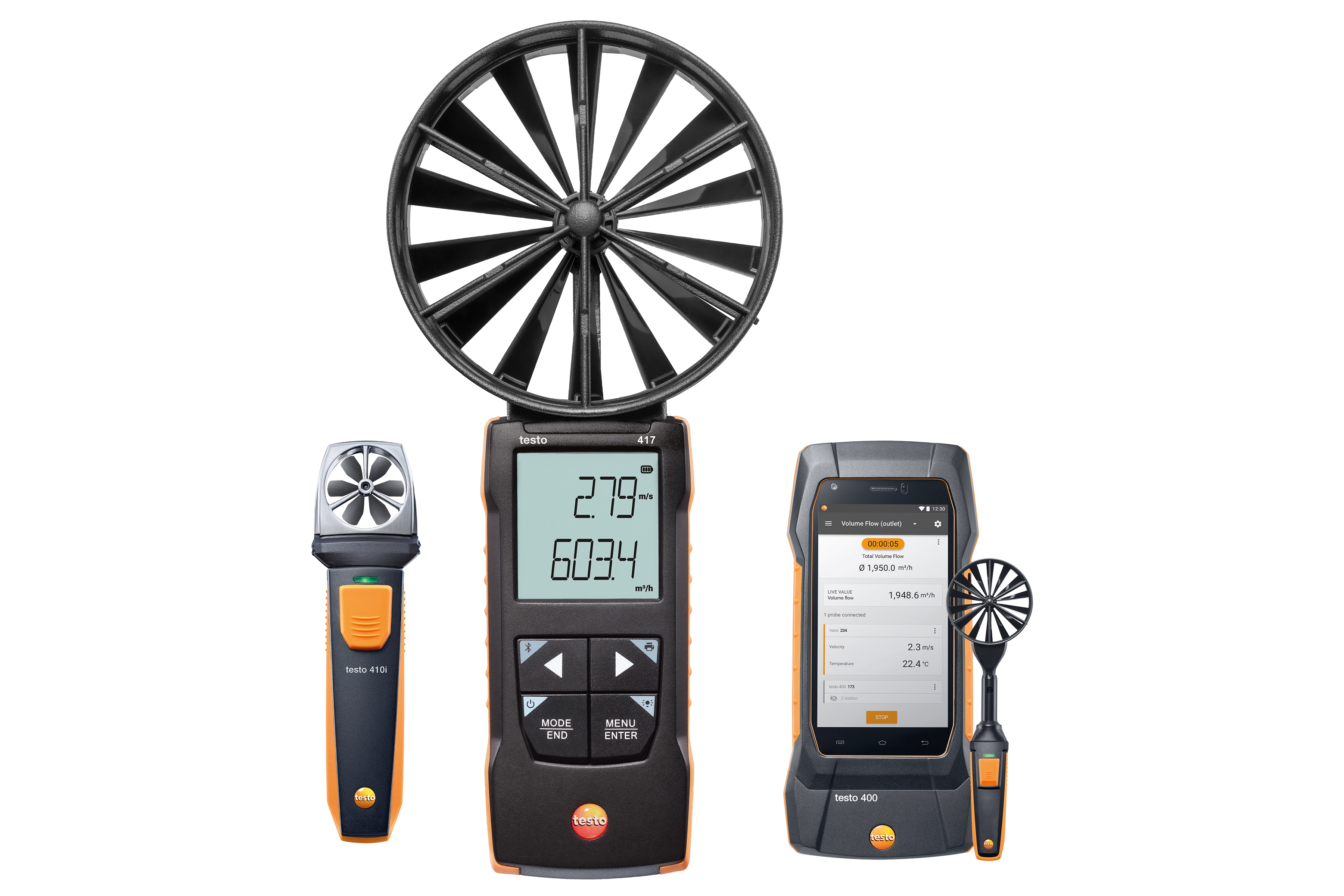Leading Attributes to Look for in an Effective Anemometer for Accurate Wind Dimension
Leading Attributes to Look for in an Effective Anemometer for Accurate Wind Dimension
Blog Article
Discovering the Features and Advantages of Anemometers for Climate Fanatics and Specialists
From mug anemometers to sonic anemometers, each type brings its distinct collection of applications and advantages, losing light on different facets of climatic conditions. As we delve right into the functions and advantages of anemometers, a deeper understanding arises not only of dominating weather condition phenomena yet likewise of the wider ramifications for industries like wind power production and ecological research study.
Significance of Anemometers in Climate Surveillance
Anemometers play a crucial role in climate tracking by giving precise dimensions of wind speed, assisting in projecting and understanding weather patterns. These tools, ranging from standard mug anemometers to modern-day ultrasonic anemometers, are vital for meteorologists, scientists, and weather condition fanatics alike.

Kinds Of Anemometers and Their Applications
The most usual kinds of anemometers include mug anemometers, vane anemometers, hot-wire anemometers, and ultrasonic anemometers. Mug anemometers are composed of three or four cups mounted on straight arms that rotate with the wind, measuring its rate. Vane anemometers, on the other hand, utilize a freely rotating vane to line up with the wind instructions, offering both wind speed and instructions measurements.
Mug anemometers are appropriate and durable for general weather condition monitoring, while vane anemometers are preferred for directional dimensions. Ultrasonic anemometers are non-intrusive and use high precision, frequently made use of in research study and specialized weather surveillance applications.
Advantages of Using Anemometers in Forecasting
In meteorology, the application of anemometers provides invaluable benefits for improving the precision of weather projecting. Anemometers gauge wind rate and direction, offering critical information for anticipating weather patterns. By incorporating wind data into projecting versions, meteorologists can much better comprehend the movement of weather condition systems, prepare for changes in weather, and concern much more exact projections.
Additionally, anemometers play an essential duty in assessing prospective weather threats. Checking wind rates aids forecasters anticipate extreme weather occasions such as storms, hurricanes, and wintertime tornados with better accuracy. This early warning system makes it possible for authorities to issue timely alerts and execute needed precaution, decreasing the dangers to life and residential property.
Additionally, anemometers aid in enhancing sustainable power production. By assessing wind patterns, meteorologists can recognize suitable locations for wind ranches and anticipate power result, adding to the efficient generation of wind power.

Anemometers in Wind Energy Production
Given the vital role anemometers play in supplying accurate wind information for climate projecting and hazard assessment, their relevance encompasses the world of wind power manufacturing. Anemometers are vital tools in the field of wind energy, where the measurement of wind rate and direction is important for establishing the feasibility and effectiveness of wind generator installations. By properly gauging wind speeds at varying heights, anemometers assist additional reading enhance the positioning and style of wind generators to make best use of power output.
In wind farms, anemometers are strategically placed to accumulate real-time wind data that is utilized to assess the potential energy manufacturing of a site. This data is important in figuring out the financial feasibility of wind energy projects and in projecting energy generation to make sure grid stability. Additionally, anemometers aid in keeping track of wind conditions to enhance turbine efficiency, prevent damage from high winds, and guarantee the security of personnel functioning in the location of wind generators.
Enhancing Weather Condition Comprehending With Anemometers

Anemometers play an essential function in boosting our understanding of microclimates. These localized climate condition can vary considerably from wider local projections, making it vital to have accurate data for details areas. anemometer. By tactically putting anemometers in numerous places, researchers can collect in-depth info on how wind behaves in various terrains, metropolitan settings, or bodies of water
Furthermore, anemometers add to boosting climate forecasting models by offering real-time information on wind behavior. This details is specifically useful for anticipating severe climate occasions, optimizing agricultural practices, and supporting sectors like aeronautics and maritime navigation. On the whole, anemometers are very useful tools that enable us to dig much deeper into the complexities of weather condition systems, ultimately causing more better-informed decisions and exact predictions.
Conclusion
In final thought, anemometers play a vital role in weather condition surveillance and forecasting by determining Click This Link wind speed and instructions. Anemometers additionally have applications in wind energy manufacturing, additional highlighting find out their significance in both meteorology and eco-friendly energy markets.
From cup anemometers to sonic anemometers, each kind brings its one-of-a-kind collection of benefits and applications, shedding light on numerous aspects of climatic conditions. These instruments, ranging from conventional mug anemometers to modern ultrasonic anemometers, are vital for meteorologists, scientists, and weather condition enthusiasts alike. The most common kinds of anemometers include mug anemometers, vane anemometers, hot-wire anemometers, and ultrasonic anemometers. Mug anemometers are durable and suitable for basic climate monitoring, while vane anemometers are preferred for directional dimensions. Anemometers are important instruments in the area of wind power, where the dimension of wind speed and direction is critical for figuring out the usefulness and efficiency of wind generator installments.
Report this page